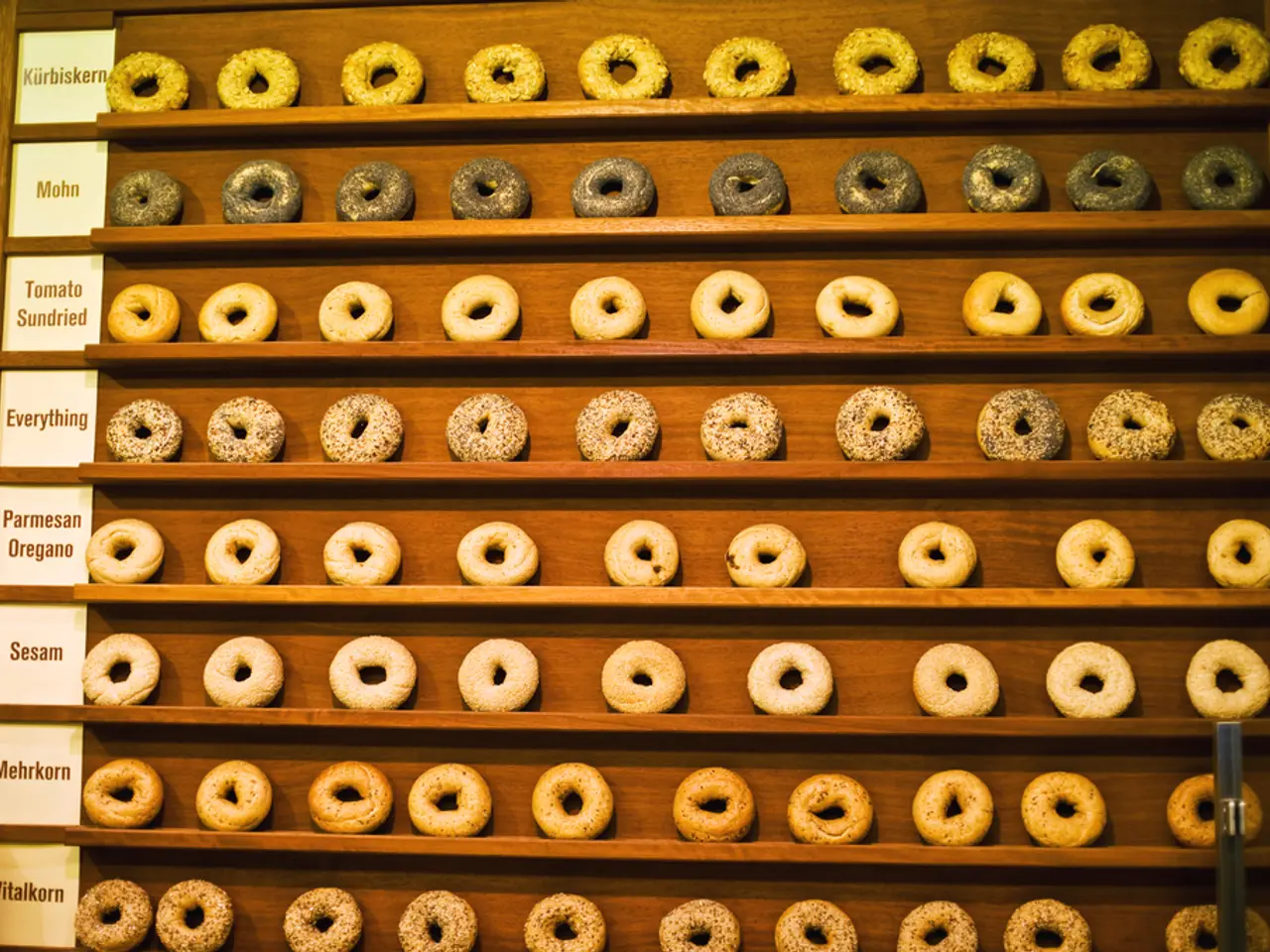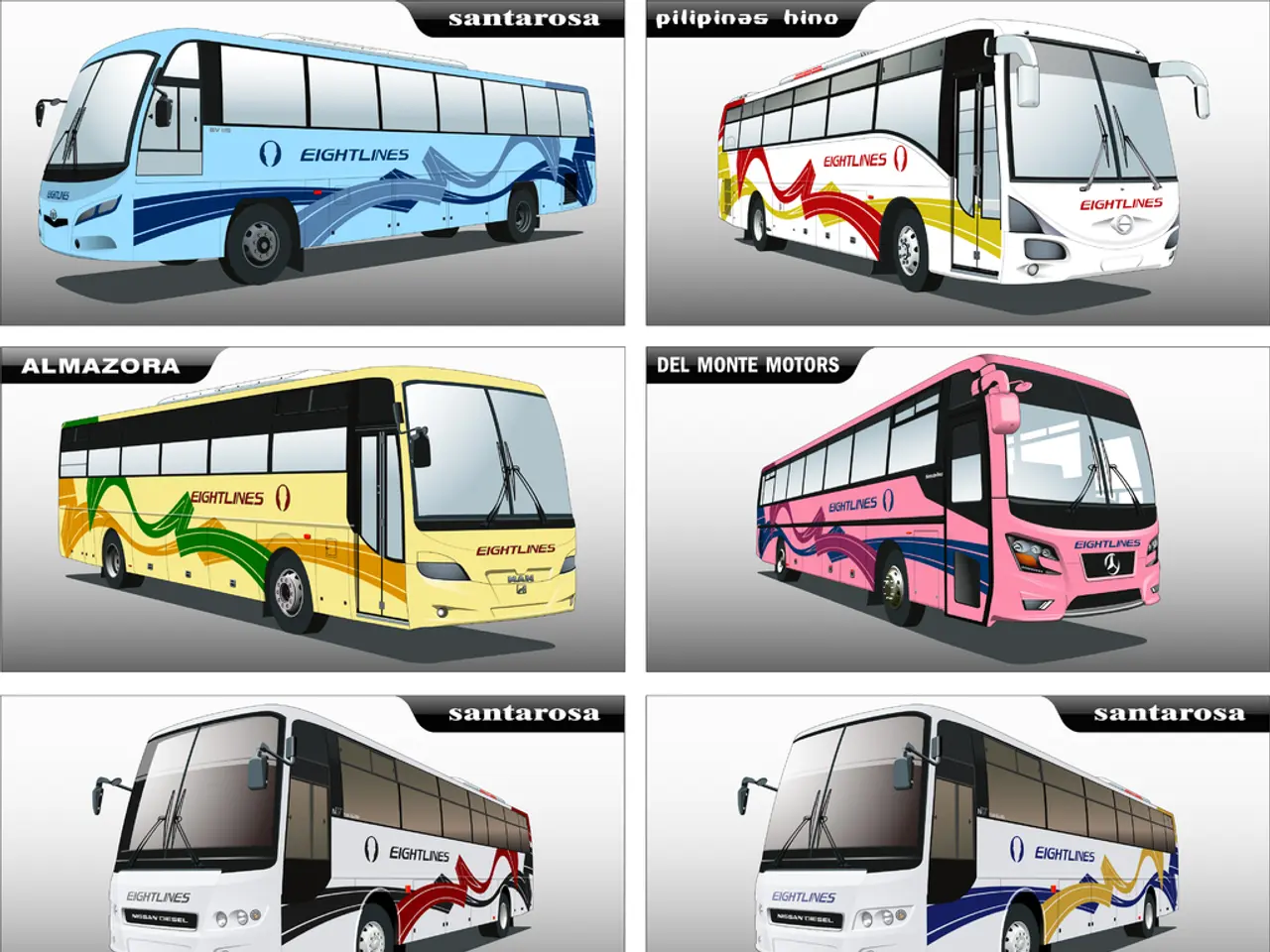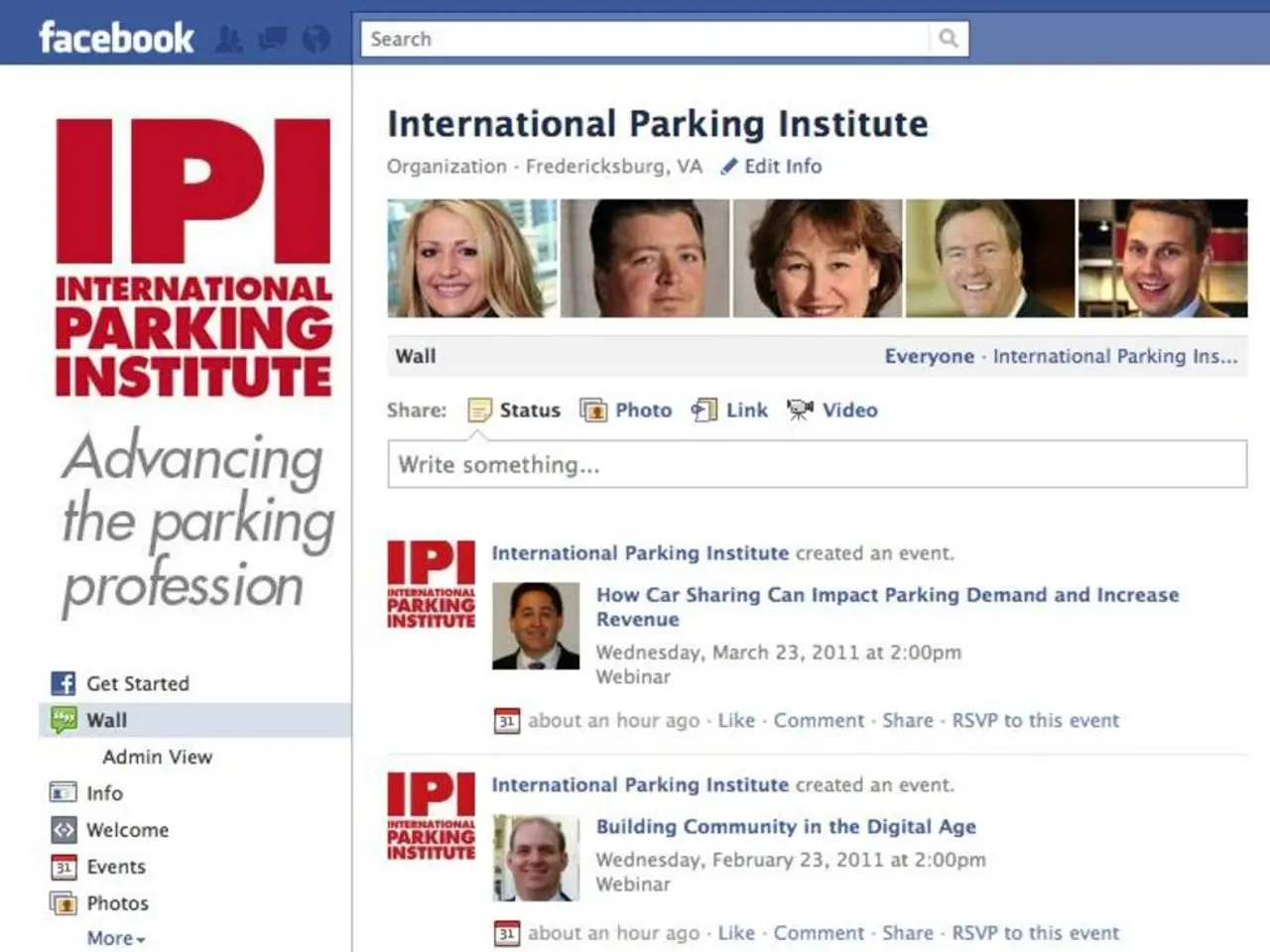Selecting PCB Laminates and Materials for Manufacturing: Guidance and Options
When it comes to the production of printed circuit boards (PCBs), the choice of laminates and materials plays a crucial role in ensuring reliability, manufacturability, and performance. Here are four key considerations that should be taken into account when selecting PCB laminates with real-world manufacturing concerns in mind.
**1. Environmental and Chemical Resistance**
To prevent delamination, dimensional instability, and electrical degradation during thermal cycling or high-temperature operation, it is essential to choose laminates that have proven resistance to moisture absorption. Additionally, materials should resist chemicals commonly used in PCB fabrication, such as etchants, solvents, and cleaning agents, to avoid deterioration or failures during manufacturing steps. For safety-critical or consumer electronics applications, laminates should also meet appropriate flame retardancy standards, such as UL 94.
**2. Thermal and Mechanical Compatibility**
The coefficient of thermal expansion (CTE) should be considered to minimize mechanical stress and cracking caused by temperature changes. Prefer laminates whose CTE closely matches copper (~17 ppm/°C) and other components, particularly in high-temperature or robotics applications. Evaluate thermal properties such as glass transition temperature (Tg) and thermal conductivity, especially for high-power or high-frequency circuits to avoid overheating and maintain signal integrity. Factor in layer count and laminate thickness to support design complexity and mechanical durability, with thinner laminates suitable for compact designs and thicker ones for rugged use.
**3. Manufacturability and Process Adaptation**
Match depanelization and assembly processes to the physical and chemical properties of the laminate. Advanced materials may require specialized tools (e.g., diamond-coated blades for ceramics) and controlled speed/force during cutting to prevent damage and yield loss. Ensure that breakaway tab designs fit the laminate characteristics to reduce waste, improve manufacturing efficiency, and maintain product quality. Collaborate with your fabrication partner early to confirm material availability, compatibility with their manufacturing process, and to clarify quality management systems ensuring consistent production quality.
**4. Regulatory Compliance and Certifications**
Verify that the laminates comply with environmental and safety certifications relevant to your industry, such as RoHS for hazardous substance restrictions or UL certifications for flame resistance.
Incorporating these factors early in the material selection stage ensures the PCB performs reliably under operational stresses and aligns with manufacturing capabilities and constraints, ultimately reducing risks, costs, and time-to-market.
**Summary Table: Key Real-World Manufacturing Concerns for PCB Laminates**
| Concern | Key Considerations | Impact on Manufacturing | |--------------------------|--------------------------------------------------------|------------------------------------------| | Environmental Resistance | Moisture uptake, chemical resistance, flame retardancy| Reliability, durability during use and process | | Thermal Compatibility | CTE matching, Tg, thermal conductivity | Minimizes stress/cracking, improves thermal management | | Mechanical Properties | Thickness, flexibility, layer support | Manufacturability, handling, durability | | Process Adaptation | Cutting tools, depanelization speed/force, tab design | Yield, efficiency, damage prevention | | Compliance & Certification| RoHS, UL, industry-specific standards | Regulatory acceptance, safety, market access |
1. In order to streamline the manufacturing process and ensure regulatory compliance, it is crucial to choose laminates that meet standard certifications, such as RoHS and UL, which apply to hazardous substance restrictions and flame resistance respectively, in the electronics industry.
2. In the realm of finance, considering the long-term performance and durability of laminates can significantly reduce risks, maintenance costs, and potential rework, maximizing return on investment in PCB manufacturing.




